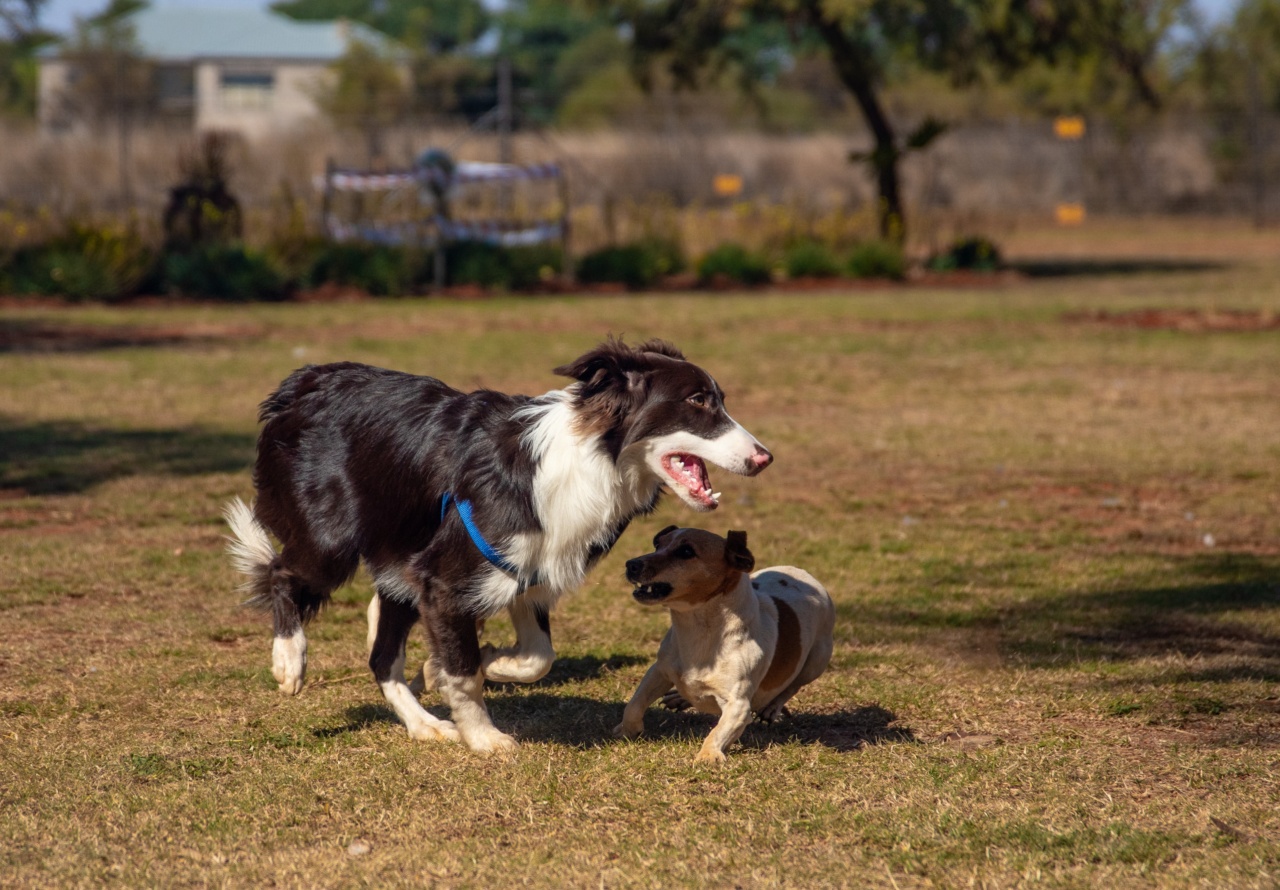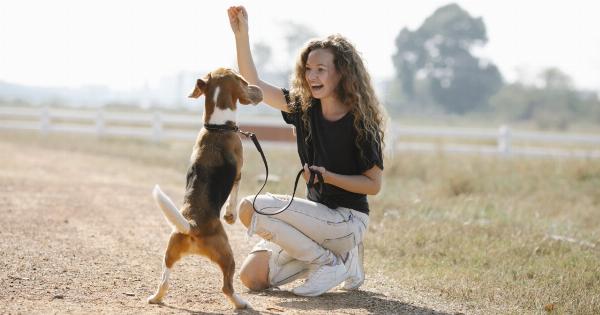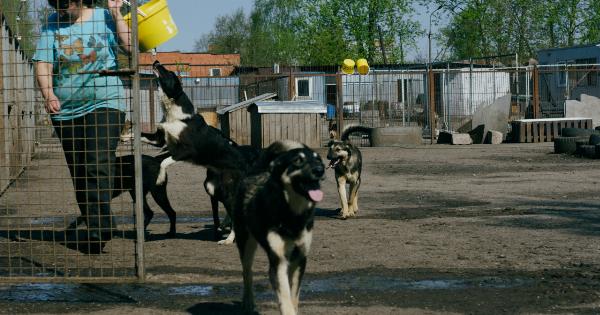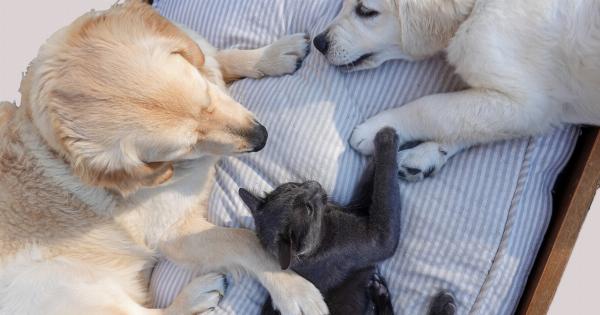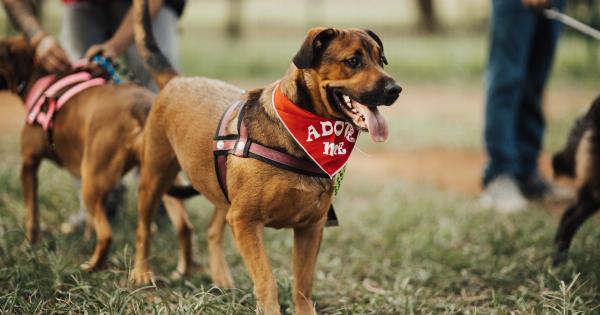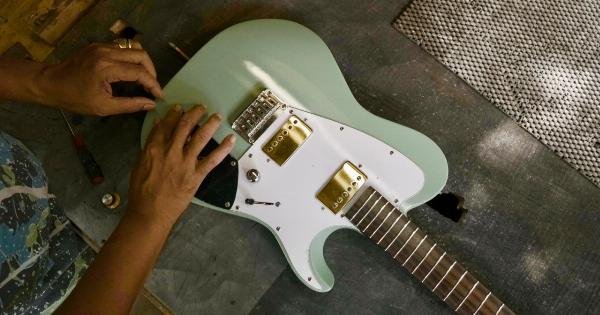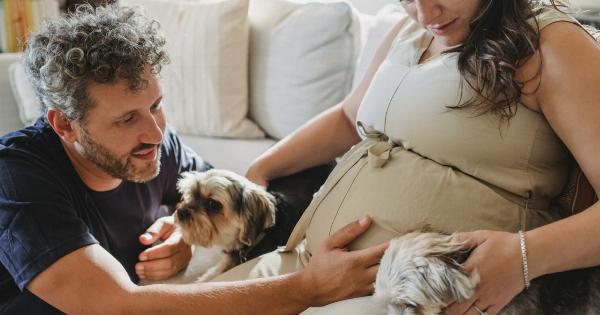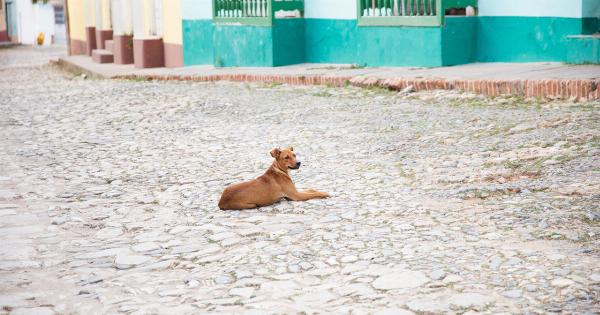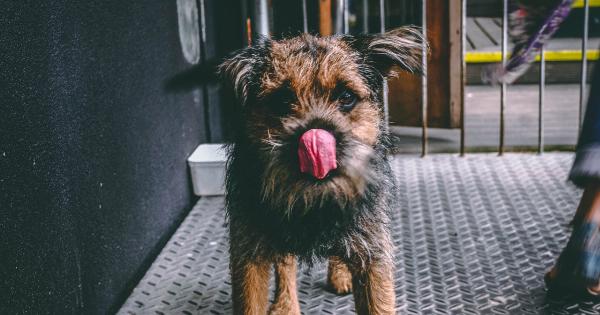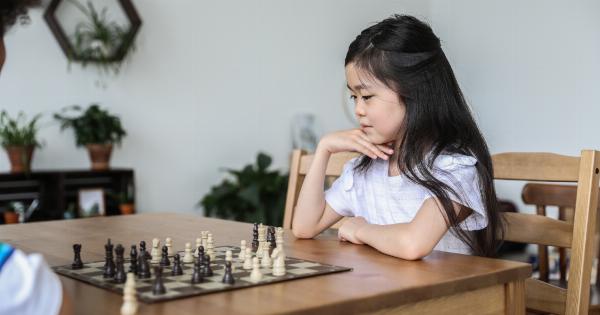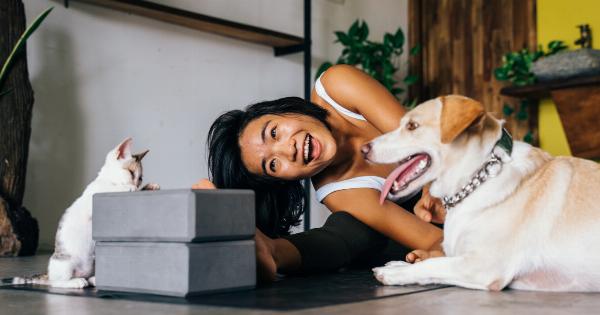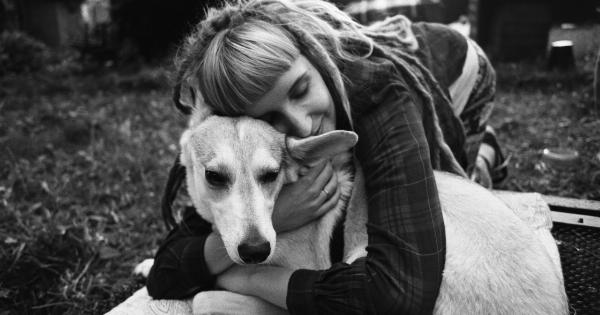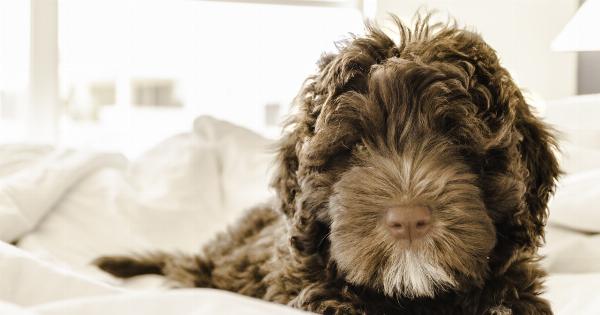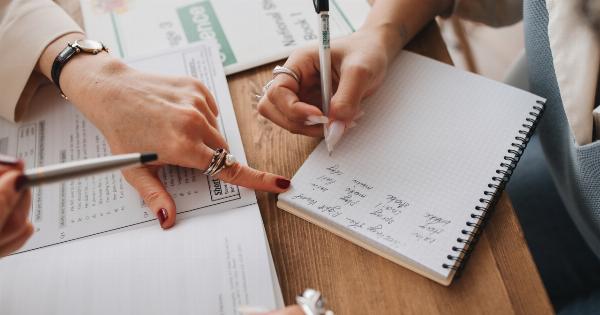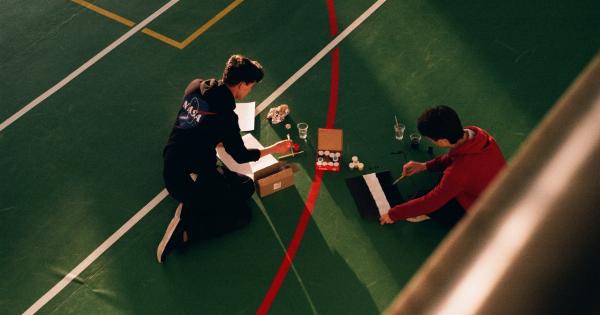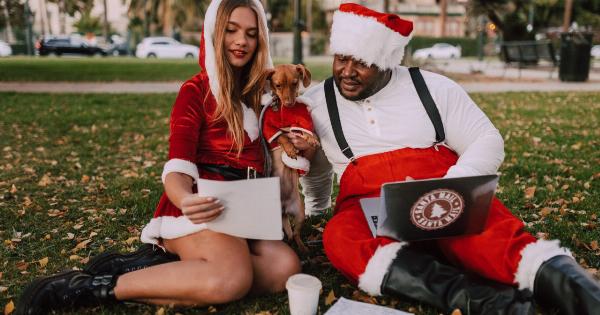Bringing a puppy home is an exciting experience that can become challenging if you don’t know how to potty-train him. Potty training is a crucial step that will help the puppy live peacefully in the house.
It’s a process that requires patience, consistency, and positive reinforcement. Here are some fundamental steps to housebreak your furry friend:.
Step 1: Choose a potty spot
The first thing you need to do is to choose a designated spot where your puppy can go potty. This area can be outside, in your backyard, or an indoor dog potty.
Take the puppy to this spot every time he needs to go potty and use a keyword such as “go potty” to let him know it’s time to do his business. Make sure the spot is easily accessible and safe for the puppy, so he can feel comfortable doing his business.
Step 2: Establish a routine
Establishing a routine is crucial to potty-training your puppy. Puppies need to relieve themselves frequently, and it’s your responsibility to take him to the designated potty spot regularly.
You can establish a routine based on your puppy’s age and size. Here’s an example of a routine for a four-month-old puppy:.
- Take the puppy out first thing in the morning
- After each meal
- After playtime
- Before bedtime
Following a routine helps the puppy learn when it’s time to go potty, and it also helps you prevent accidents in the house.
Step 3: Supervise your puppy
Supervising your puppy is essential during the potty-training process. Keep an eye on your puppy at all times and look for signs of restlessness, sniffing, or circling, which may indicate that he needs to go potty.
When you notice these signs, take your puppy to the designated potty spot immediately. If you can’t supervise your puppy, confine him to a crate, playpen, or a small area with puppy pads until you can watch him again.
Step 4: Use positive reinforcement
Positive reinforcement is a crucial tool in potty-training your puppy. Every time your puppy goes potty in the designated spot, praise him with treats, toys, or a lot of cuddles, and tell him he’s a good boy.
Positive reinforcement helps the puppy learn that going potty in the designated spot is a good thing, and it also strengthens the bond between you and your furry friend.
Step 5: Clean up accidents properly
Accidents will happen during the potty-training process, so it’s important to clean them up properly. Use an enzymatic cleaner to eliminate the odor and prevent the puppy from going back to the same spot.
Avoid using ammonia-based cleaners because they contain a scent that is similar to urine, which may encourage the puppy to pee in the same spot again.
Step 6: Be patient
Potty-training a puppy takes time, and it’s important to be patient. Every puppy learns at his own pace, and it’s normal to experience setbacks and accidents.
Don’t punish your puppy for accidents; instead, show him what to do by taking him to the designated potty spot. With patience, consistency, and positive reinforcement, your furry friend will learn the ropes of potty-training in no time.
Step 7: Gradually increase freedom
Once your puppy gets the hang of potty-training, you can start to gradually increase his freedom around the house. Give him access to one room at a time, and always supervise him.
If he shows signs of needing to go potty, take him to the designated spot immediately. As he matures and demonstrates better control, he can earn more freedom.
Step 8: Stay consistent
Consistency is key to potty-training success. Stick to the routine, use positive reinforcement, and supervise your puppy until he has demonstrated reliable potty training habits.
Don’t get lazy or change the routine because that can confuse the puppy and hinder progress. After a few months of successful potty training, you and your furry friend will be able to enjoy the benefits of a well-behaved, housebroken pet.
In conclusion
Potty-training a puppy may seem challenging, but with the right approach, it’s a process that can be manageable.
Choose a designated potty spot, establish a routine, supervise your puppy, use positive reinforcement, clean up accidents properly, be patient, gradually increase freedom, and stay consistent. By following these fundamental steps, you can housebreak your furry friend and enjoy the joys of having a well-behaved pet.
